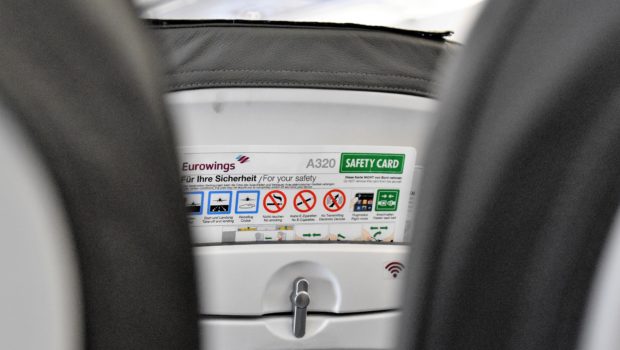Airline Crisis & Emergency Incident Management (ACE-IMS)
Information technology has come a long way since the birth of the internet. Contrary to popular belief, the internet is not the World Wide Web.
In specific terms, the internet is the system that connects all devices using infrastructure such as cables, wireless tech, satellites, and so on. The World Wide Web is a series of servers that hold websites and applications.
Thanks to the internet, the world is connected, which is why we are now entering a new age of blockchain technology that helps to create solutions to problems using the internet, but not specifically the World Wide Web in all cases. It is systems that use the internet, blockchain tech, and the World Wide Web to create solutions that make the world a better place.
One very important industry that requires well-planned crisis management solutions in the aviation industry.
Hi-tech computer systems are a vital part of air traffic management. Not only are these systems in place to make sure flight paths are mapped out correctly to avoid collisions or to ensure that the technical equipment is functioning on board an airline. On top of the many IT systems involved in the overall organization of the entire aviation industry are emergency management systems.
One of the most important crises management systems is the ACE-IMS (Airline Crisis & Emergency Incident Management System), which allows airlines or other aviation companies have a system with set procedures in place to ensure that the management of any crisis is dealt with legally and responsibly.
The UK is one of the leading countries in aviation security and crisis management and according to a report by Flight Safety, its laws could have a major impact on global aviation rules and regs.
Finding An Example of an ACE-IMS Company In Action
There are quite a few international airline services out there explain on their websites just how its ACE-IMS helps airlines respond correctly in moments of crisis. Using a sophisticated management system with a wide range of templates that are customized to suit the area of the aviation industry that the system is required.
Systems such as the ACE-IMS provide access to information on how to act in case of a crisis. There are logons to the system that show who is in charge of a particular incident, who to contact, how to communicate critical information, lists of people involved in the crisis, and more.
One of the intricate inner workings of this system is how it pieces together all the information being fed to it by those dealing with the crisis. It creates incident and situation reports, has a passenger as well as families and friends panel, maps, as well as press statements area to correctly deal with media outlets looking to report on any incidents.
The system has been designed to streamline every process to help deal with and to avoid disaster. It compiles and manages the information so all users connected start to build the bigger picture and have all necessary information available at their fingertips almost instantaneously speeding up the processes that were dealt with manually in the past.
The system also helps to train employees working for an aviation company, which includes major airlines. With the right training on how to act properly in case of a disaster as well as being able to access guidance using the ACE-IMS plus properly use the ACE-IMS, any aviation crisis that occurs is dealt with legally, ethically, and with haste causing no delays.
Security From Cyber Attacks On The Aviation Industry
Another vitally important issue to deal with when it comes to aviation systems is their system security. These systems are hacker’s dream – especially those looking to cause what is now known as cyber terrorism.
Therefore every one of these systems needs high-end security encryption software. The IT architecture that protects these management systems use a mixture of hardware and software tools to ensure that the entire system is locked down and that there are no loopholes.
The firms that are responsible for designing these systems also use outside contracted hackers to test their system security and offer high rewards for hackers that manage to get into the system and then reports exactly how they found the weakness and where it is. These rewards can be a lifetime salary in some cases.
How Reliable Are These Systems?
Billions have been spent on securing aviation emergency response procedures and in-flight systems that detect a failure on an aircraft. With each new disaster, investigation teams plug up yet another hole in the systems and today there is very little that can go wrong with modern passenger aircraft and when it does there are backup systems, and backup systems for the backup systems, and then another backup system for these systems.
It is a multi-layered backup that is being deployed on all modern aircraft that has continuously improved the safety of air travel. And with the increasing number of flights these days, you would expect to hear about more accidents but we don’t. And when there is a close call, that is usually all it is as emergency response and landing procedures are so well planned and executed.
Photo by Waldemar Brandt on Unsplash
















